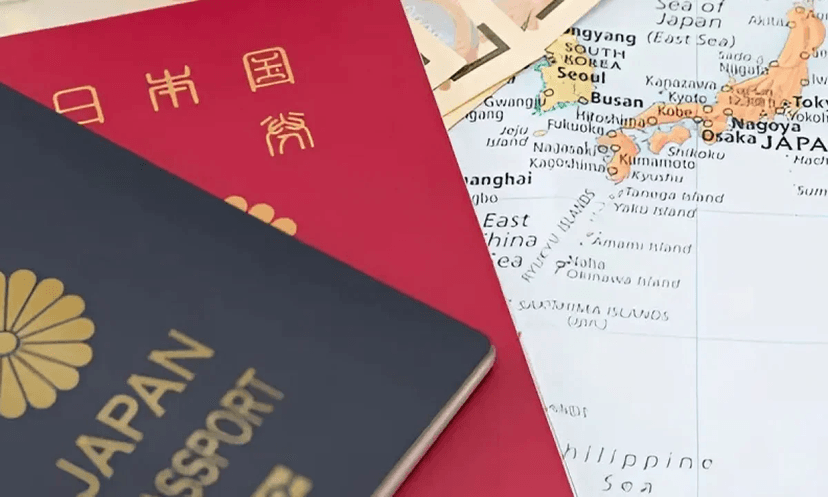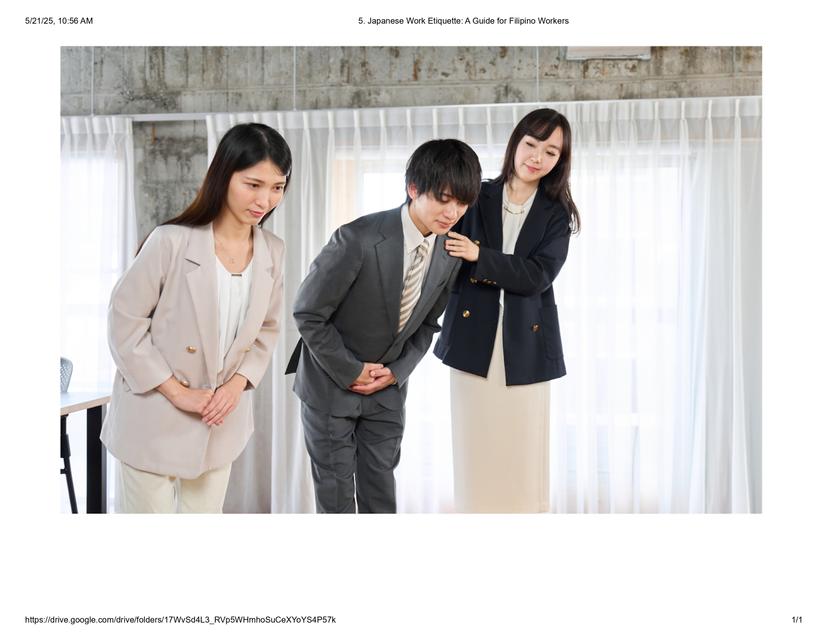Visa
From Intern to Full-Time: How Filipinos Can Transition Visas in Japan

Many Filipinos start their journey in Japan as technical interns or students. If you wish to continue working full-time in Japan, you can change your visa status. This guide explains how to transition from a Technical Intern Training Program (TITP) or student visa to a working visa, such as the Specified Skilled Worker (SSW) visa or other employment visas.
What Is the Technical Intern Training Program (TITP)?
The TITP is a program that allows foreign nationals in Japan to acquire technical skills. Its goal is to transfer skills to developing countries, including the Philippines. The training period can last up to five years.
Transitioning from TITP to Specified Skilled Worker (SSW) Visa
After completing your TITP, you can apply for the SSW (i) visa to continue working in Japan.
Requirements:
Complete the TITP in the same industry.
Pass the Japanese language proficiency test (e.g., JLPT N4 or JFT-Basic).
Pass the skills proficiency test for your industry.
Note: If you have completed TITP in the same field, you may be exempted from the language and skills tests.
Transitioning from Student Visa to Work Visa
If you are studying in Japan and receive a job offer, you can change your student visa to a work visa.
Steps:
- Obtain a job offer from a Japanese company.
- Prepare necessary documents, including your passport, residence card, and a resume.
- Submit an application for a change of status of residence at the nearest Regional Immigration Services Bureau.
It's advisable to start this process before your graduation, as visa applications can take up to two months.
Required Documents for Visa Change
- Application form for change of status of residence.
- Passport and residence card.
- Certificate of Eligibility (COE) from your employer.
- Proof of Japanese language proficiency (if required).
- Proof of skills proficiency (for SSW visa).
For more information, visit the Ministry of Foreign Affairs of Japan or consult the Japanese Embassy in the Philippines.






